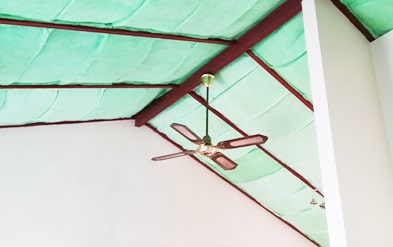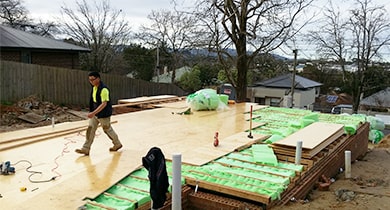Forget the guesswork. Just proven fixes you can actually do, with or without a tradie
Helping Australians create homes that are warmer in winter, cooler in summer and cheaper to run
You don’t have time (or money) to get it wrong. No gimmicks. No greenwashing.
Just honest advice and quality products that work in thousands of Aussie homes.
Forget the guesswork. Just proven fixes you can actually do, with or without a tradie.
Helping Australians create homes that are warmer in winter, cooler in summer and cheaper to run
You don’t have time (or money) to get it wrong. No gimmicks. No greenwashing.
Just honest advice and quality products that work in thousands of Aussie homes.
BIG NEWS!
We have created a product finder quiz to better help you with your retrofit!
Whether you are a beginner or a seasoned retrofitter, we have a full range of great quality products
with step-by-step video instructions to make it easy. Order from our online store here.
All of our orders are delivered to your door for your convenience. We do offer locations for
collection of insulation only orders – in Melbourne and NSW. Insulation can also be
delivered to just about any location around Australia.
Draught Proofing and ecoGlaze oders are available for collection in Melbourne.

Join Our ecomasterclass
with Maurice beinat
How to Get a Great Result from Your Retrofit
There is a growing series of ecoMasterclasses to help you get started. In these practical online classes, we share our depth of knowledge gained in retrofitting thousands of homes over the last two decades with you. You get maximum bang for your buck, without all the mistakes normally made when learning and doing something for the first time.
As recognition of the value of our “in the trenches” experience, the ecoMaster Youtube channel is the fastest growing energy efficiency Youtube channel in the country. You can search by topic to find the answers you need. If you can’t find what you are looking for.


Assessments and Installations
Whilst ecoMaster is well known and recognised for our high quality assessment and installation services, to protect the well being of our team we no longer offer face-to-face services. If you are wanting assessment or installation services, contact us. We may be able to direct you to an appropriate person or business in your area.

Maurice and Lyn Beinat
Founders of EcoMaster
We Are Here To Help Existing
Australian Homes Become
More Thermally Energy Efficient
We Have Helped Over 20,000 Homes In The Past 20 Years
What Our Customers Are Saying

Edward

Viv

Trivess
Featured On

Awarded by

An Energy Efficient Home Is
Warmer In Winter,
Cooler In Summer,
Is Cheaper To Run And
Is Much Better For The Environment.


Location
Unit 14, 1 Bell Street, Preston 3072
Collect when order is ready
Tuesdays and Fridays 8 AM to 3 PM
Get Your Free Insider Secrets Magazine
To making your home more energy efficient.
Stay Connected With ecoMaster
Copyright © 2025 ecoMaster ABN: 80 003 592 069 | The Experts In Thermal Energy Efficiency
Terms Of Use | Privacy Policy | Disclaimer



